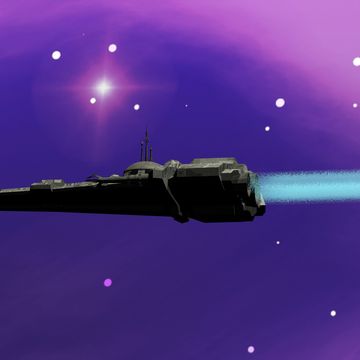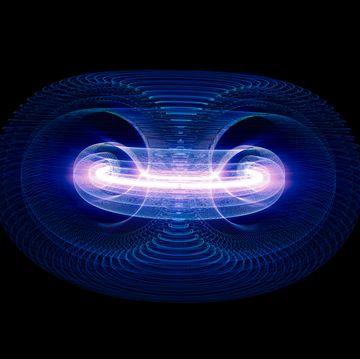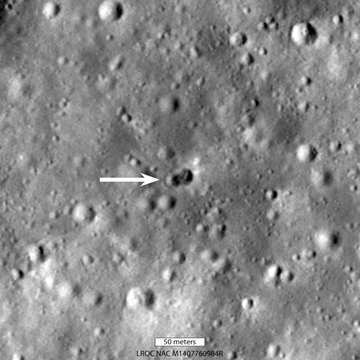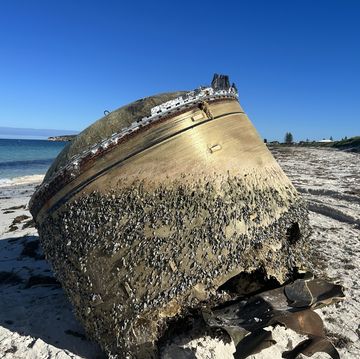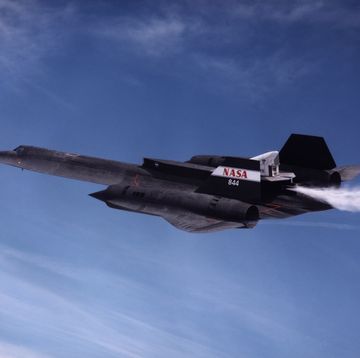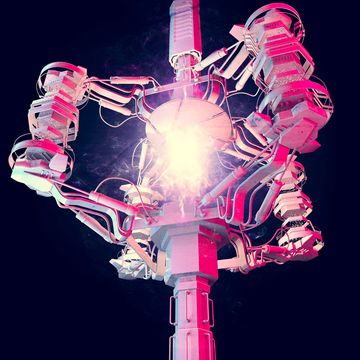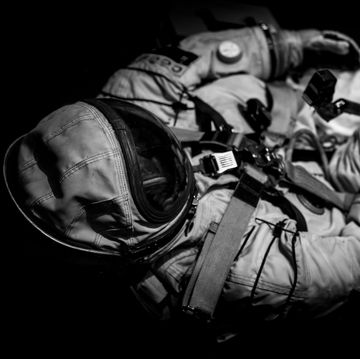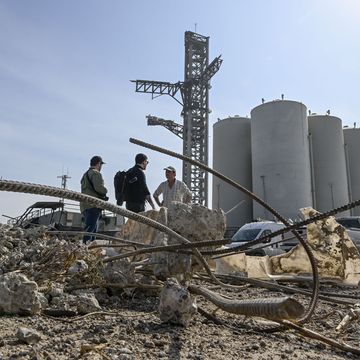NASA is completing preparations for the first U.S.-led mission to retrieve a sample of an asteroid and return it to Earth. The space administration hopes the mission will provide further clues about how planets form and how life originated, as well as how it could end by studying the type of asteroid that could potentially impact the Earth.
The Origins, Spectral Interpretation, Resource Identification, Security-Regolith Explorer (OSIRIS-REx), described by NASA as a "robotic cartographer," will travel to the near-Earth asteroid Bennu for its sample-return mission. Bennu should make prove a relatively easy target for a lander because it "has a smoother surface than most spacecraft-visited asteroids," according to 3D mapping of the asteroid conducted in 2013. There are only five carbon-rich, near-Earth asteroids big enough for a stable landing, and Bennu is one of them. The asteroid was named by a third-grader in North Carolina, the winner of a "Name That Asteroid!" contest in 2013.
"The launch of OSIRIS-REx is the beginning a seven-year journey to return pristine samples from asteroid Bennu," said OSIRIS-REx Principal Investigator Dante Lauretta of the University of Arizona, Tucson, in a press release. "The team has built an amazing spacecraft, and we are well-equipped to investigate Bennu and return with our scientific treasure."
Michael Puzio, the then-nine-year-old who submitted the name, chose "Bennu" after seeing OSIRIS-REx's Touch-and-Go Sample Mechanism, an articulated robotic arm robotic arm built by Lockheed Martin. The instrument, which will use nitrogen gas to push 60 to 2,000 grams of surface material from Bennu into a sample chamber, reminded Puzio of an Egyptian god of the same name.
Using LIDAR mapping, OSIRIS-REx will scout out the most promising place on the asteroid to take mineral samples and then perform a touch-and-go maneuver to quickly snatch up some surface material. But sample collection isn't the only objective of the mission. The spacecraft will also use spectral analysis of visible and infrared light to determine the overall composition of Bennu, and measure orbital deviations caused by non-gravitational forces.
Weighing in at 4,650 pounds, OSIRIS-REx is scheduled to launch on an Atlas V rocket out of Cape Canaveral on September 8, with a 34-day launch window, and reach Bennu by 2018. The detachable sample capsule will return to Earth in 2023, at which point a 19 year-old Puzio will be able to learn what the asteroid he named has to teach us about the solar system.
Source: NASA
David Grossman is a staff writer for PopularMechanics.com. He's previously written for The Verge, Rolling Stone, The New Republic and several other publications. He's based out of Brooklyn.




